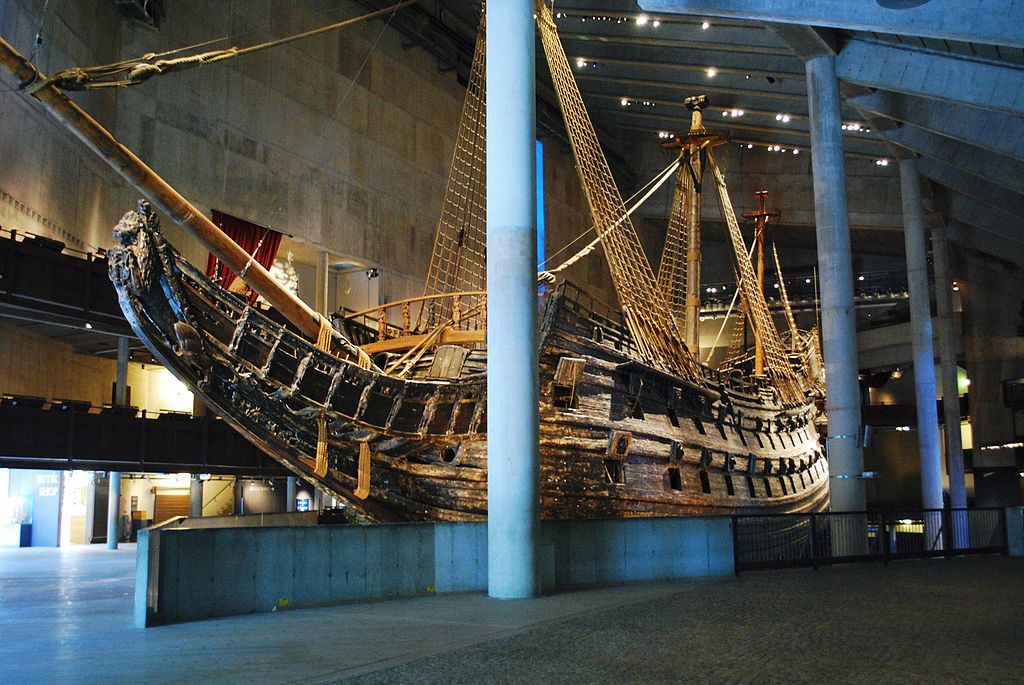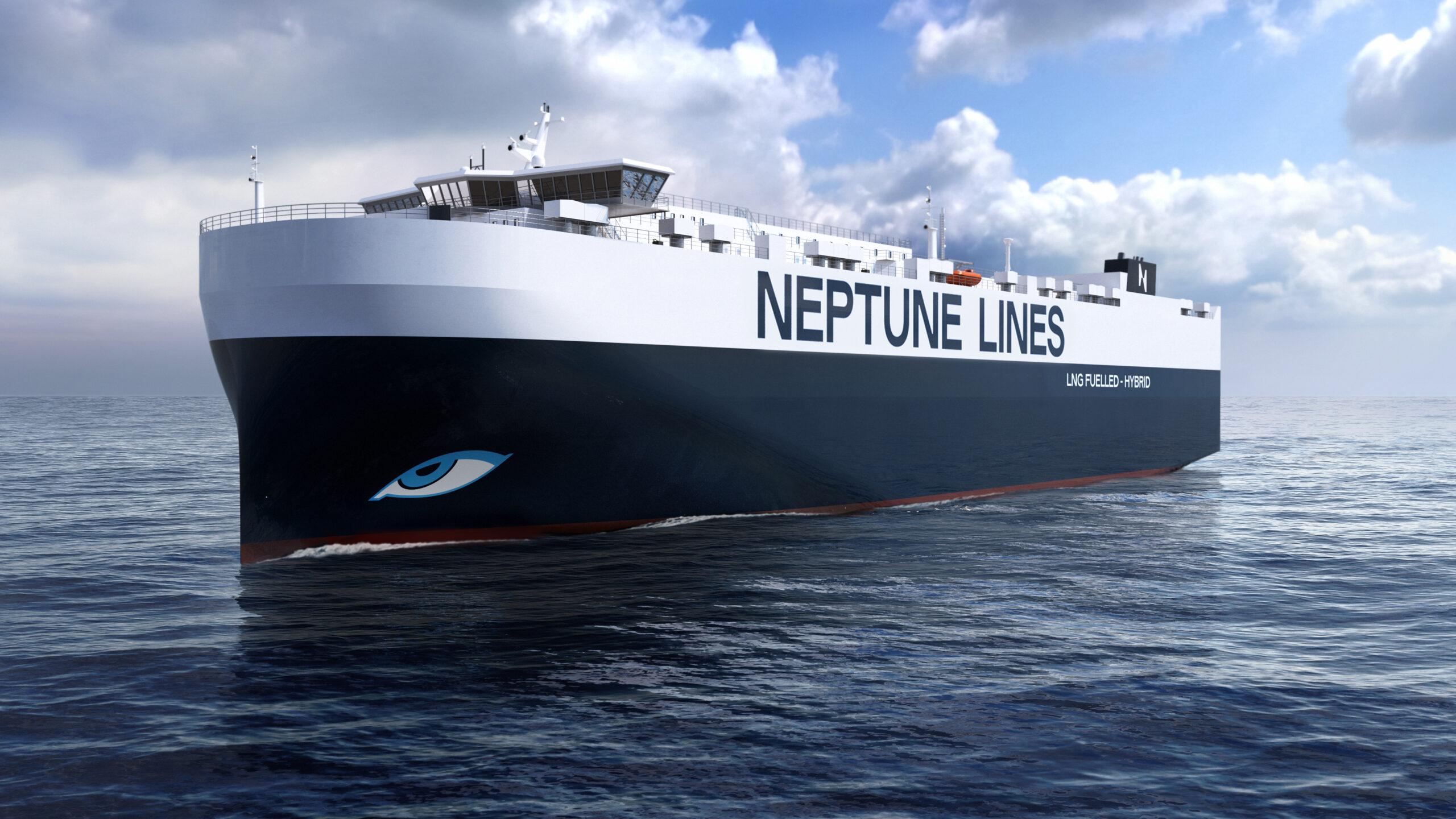By Craig Eason, Editorial Director, Fathom.World
ONE of my favourite maritime museums in the world is the Vasa Museum, coincidentally here in Stockholm where I live.
If offers a wonderful insight into a very dramatic, and at its time very public, maritime failure: the launch and very quick sinking of the Vasa in 1628.
The Vasa capsized, in a light August breeze, minutes into its very public inaugural voyage out of Stockholm. As all its sails were unfurled in a great show of display it caught the wind, heeled over and water rushed into the open gun ports which were low in the water. Disaster was inevitable. The captain had allowed wives, girlfriends and children onboard for the trip out of Stockholm, so the death toll was huge, and very soon a blame game ensured as the design, which had been approved by the then king was found to be at fault.

With its mast and hull like design, the Vasa Museum is easy to find on the Stockholm skyline
The museum lays all this out bare along with details of shipbuilding of the day (and even the search for timbers around the country to make the great naval fleet of the day), the age of Swedish warfare, and lessons in ship stability.
The vessel and its story are now seen as symbols of the then military might of Sweden, of over indulgent design and of the inability of the Baltic sea to cause wooden vessels to rot due to a lack of oxygen and woodworm.
As a lesson in understand vessels of 390 years ago the Vasa Museum is a fantastic tool for school children to gain a glimpse into today’s industry.

One of the last tea-clippers, Cutty Sark now sits on the banks of London’s River Thames as a testament to ingenuity and design
As an educational tool capable of linking history to our modern world I think such museums are unparalleled.
The UK’s National Maritime Museum at Greenwich is as engaging as the Vasa Museum, especially considering the long maritime history and tradition that the country has at its disposal, and the proximity of the resplendent Cutty Sark on the bank of the Thames, and the Harrison Chronometers
I spend my time at Fathom looking at the transformation of our maritime industry, with a strong focus today on operational performance, the potential and ongoing impact of digital solutions, environmental regulations, and the awareness of sustainability.
Museums give insight into how much has changed in the maritime industry over the centuries, so it makes me ask how museums of the future will display the industry that we work in and live with today.
Industry pundits talk of maritime disruption, but how many of them have a solid eye on the people and inventions (those that worked and those that did not) that have disrupted, changed or shaped the maritime industry into what it is today. That’s why we have maritime museums.
Craig Eason
The f-word blog aims to offer a personal opinion, from the Fathom Editorial team, of events and trends in the developing transformation of the shipping industry.

































